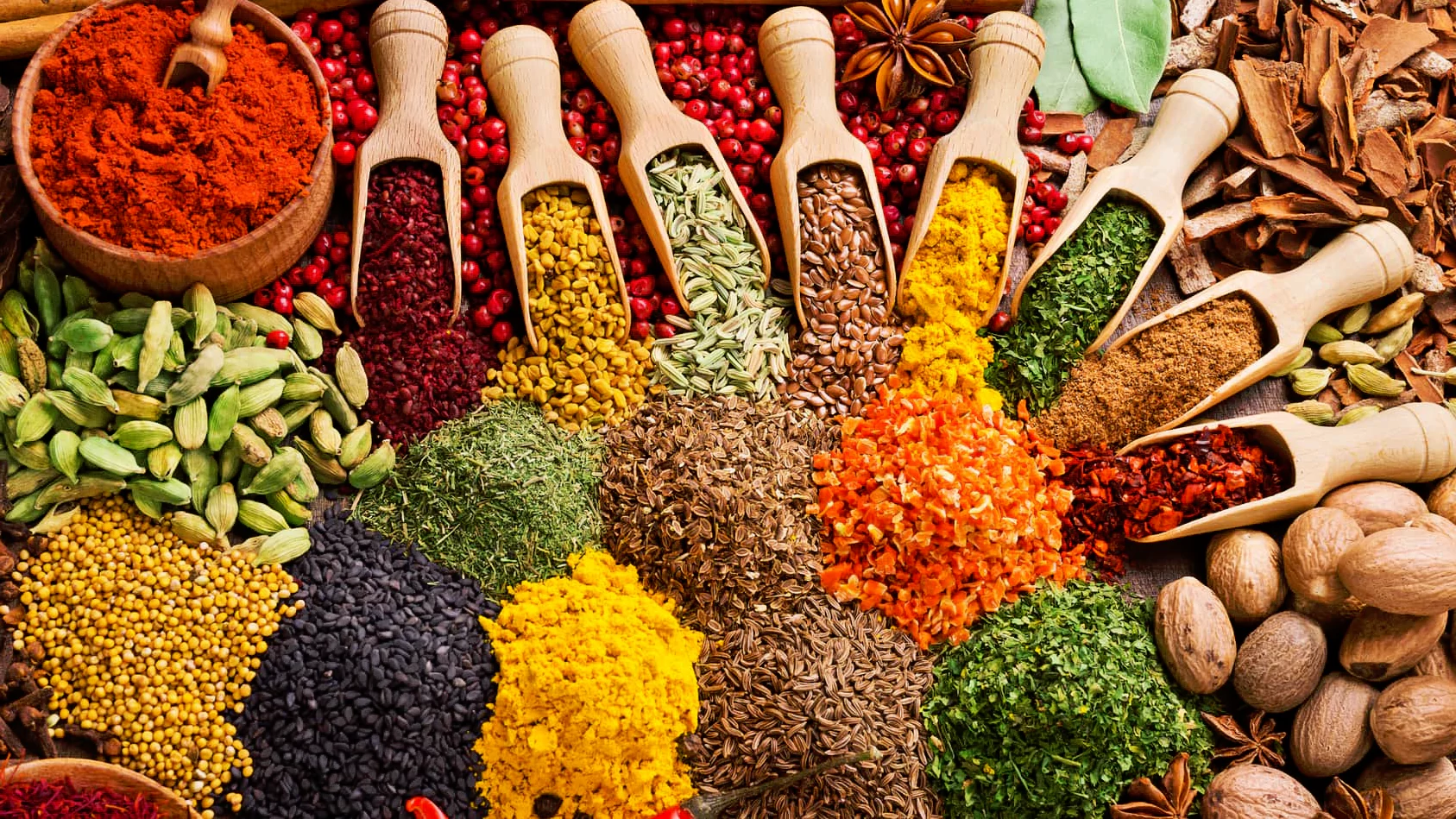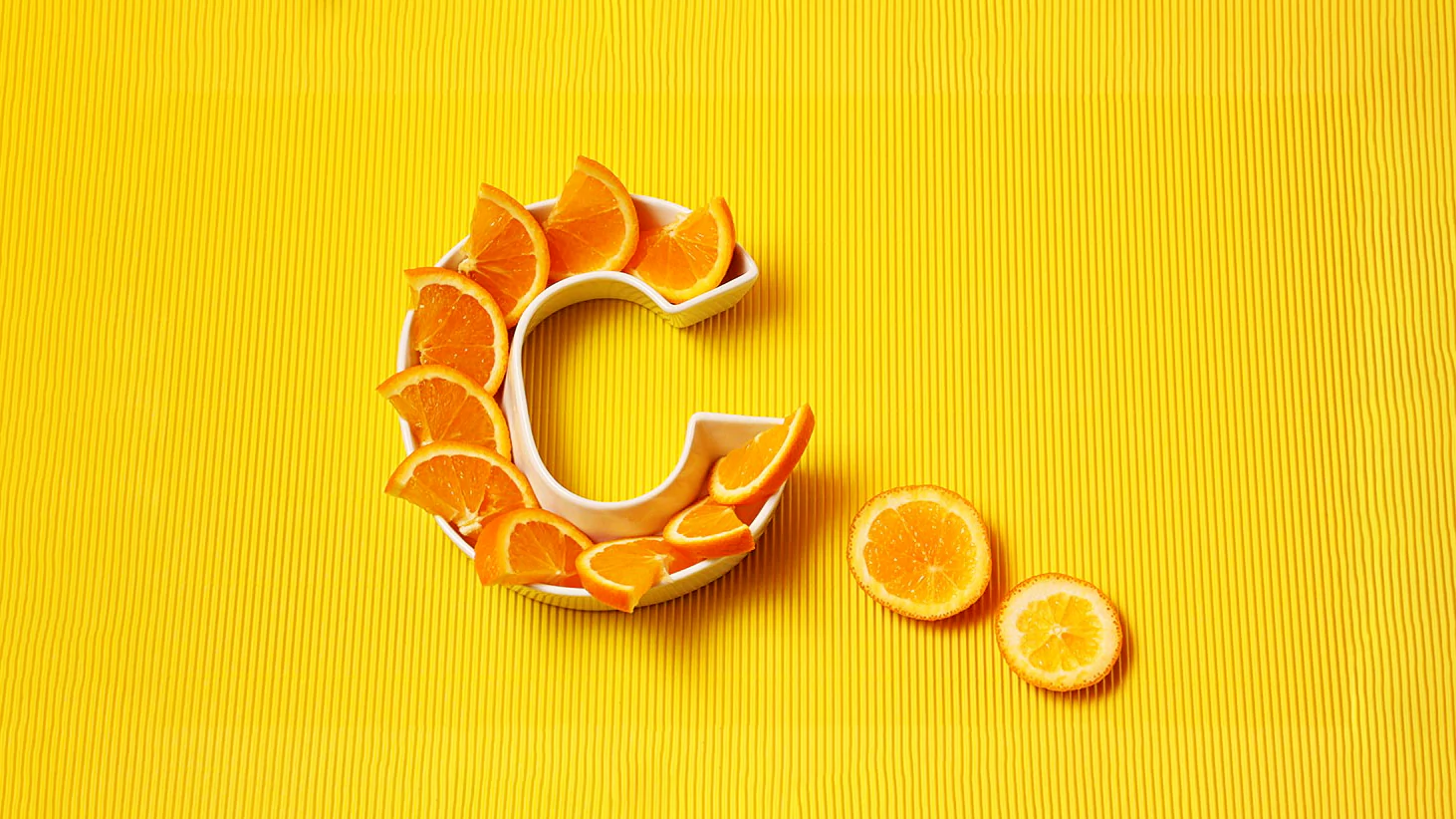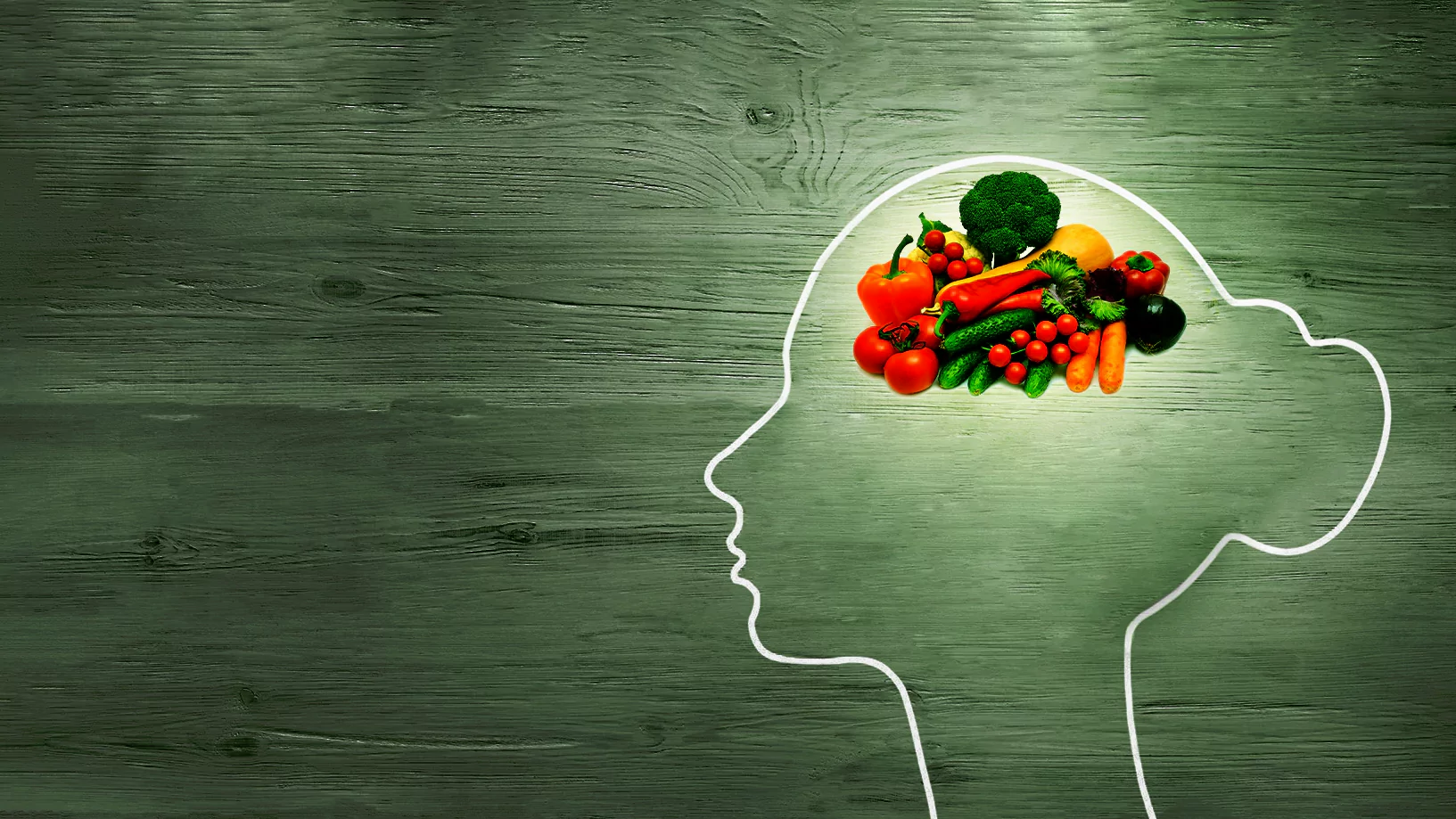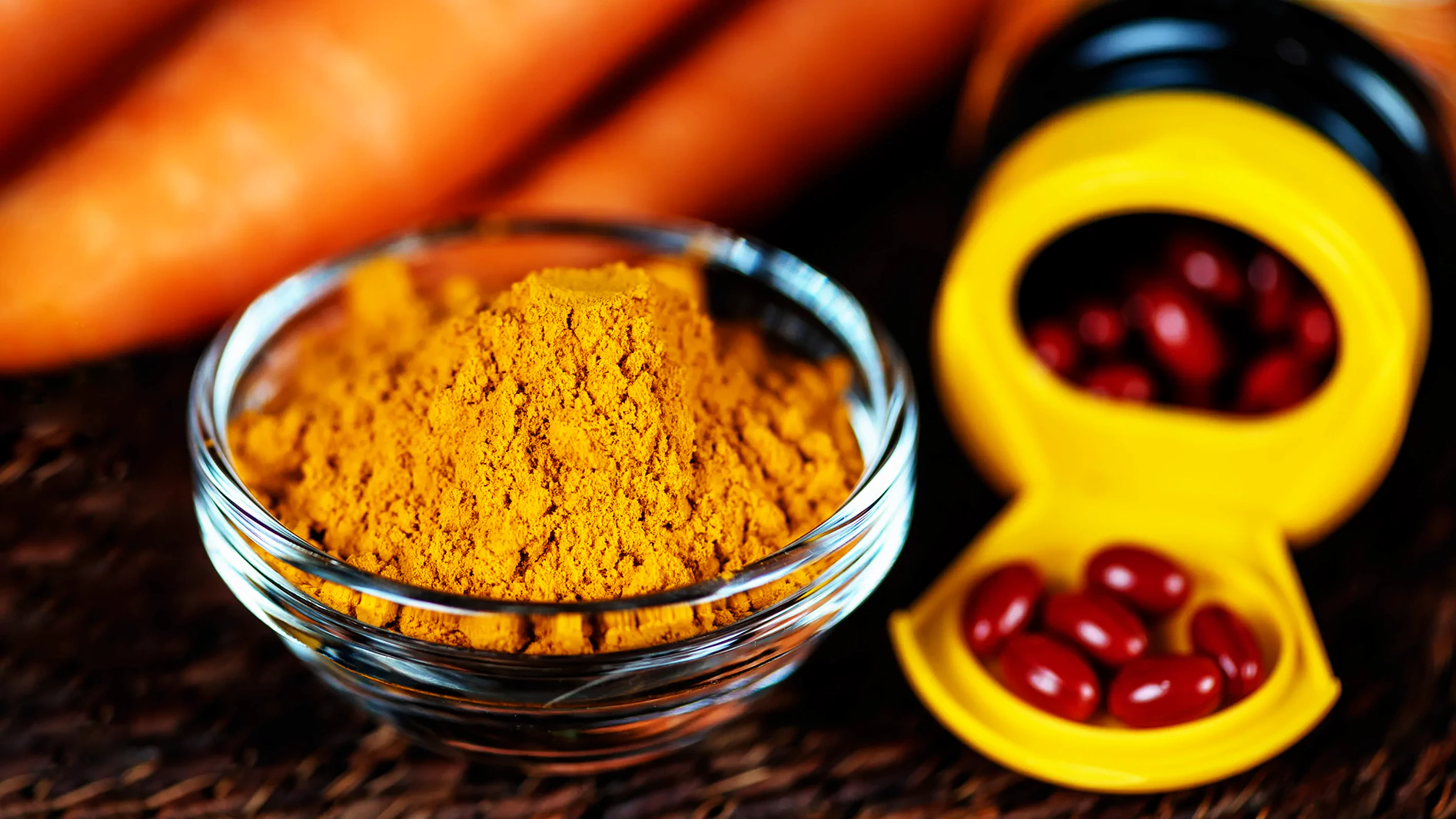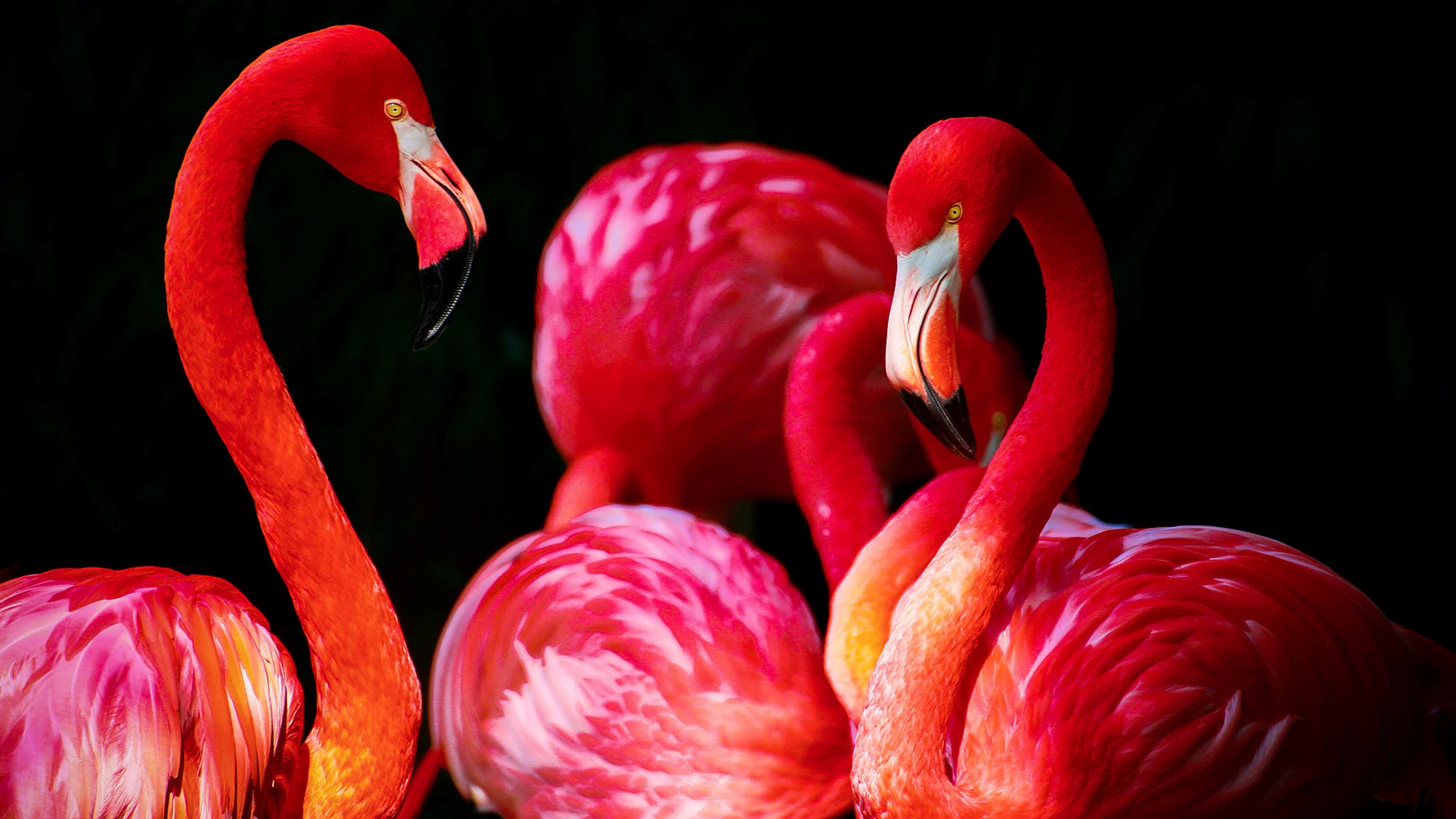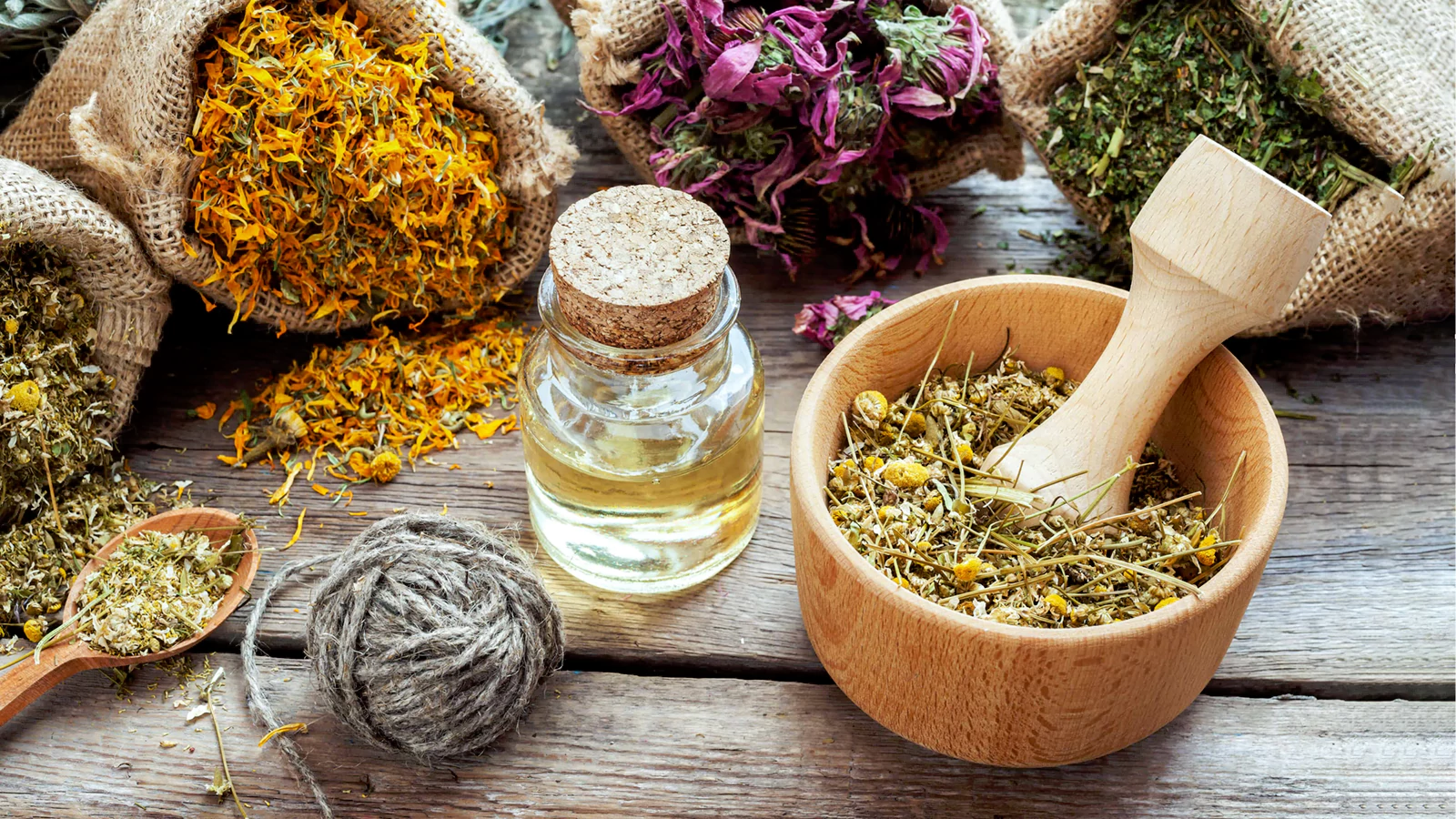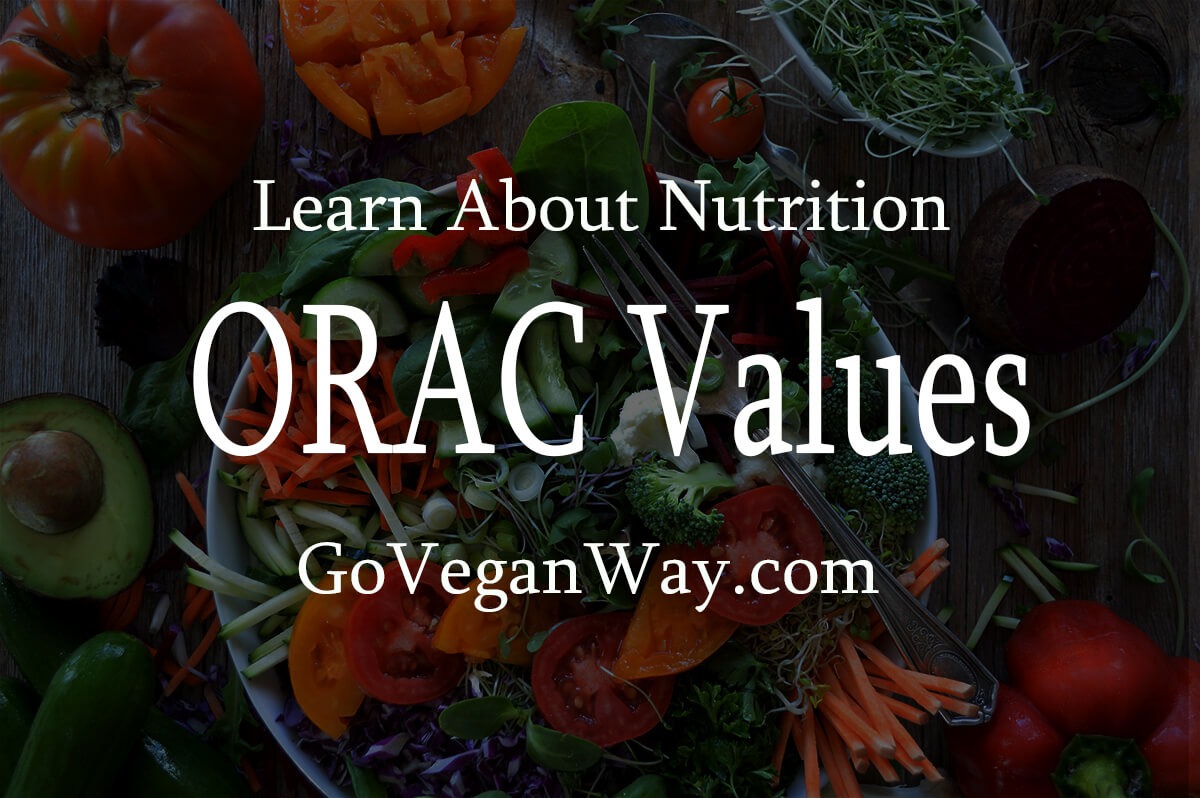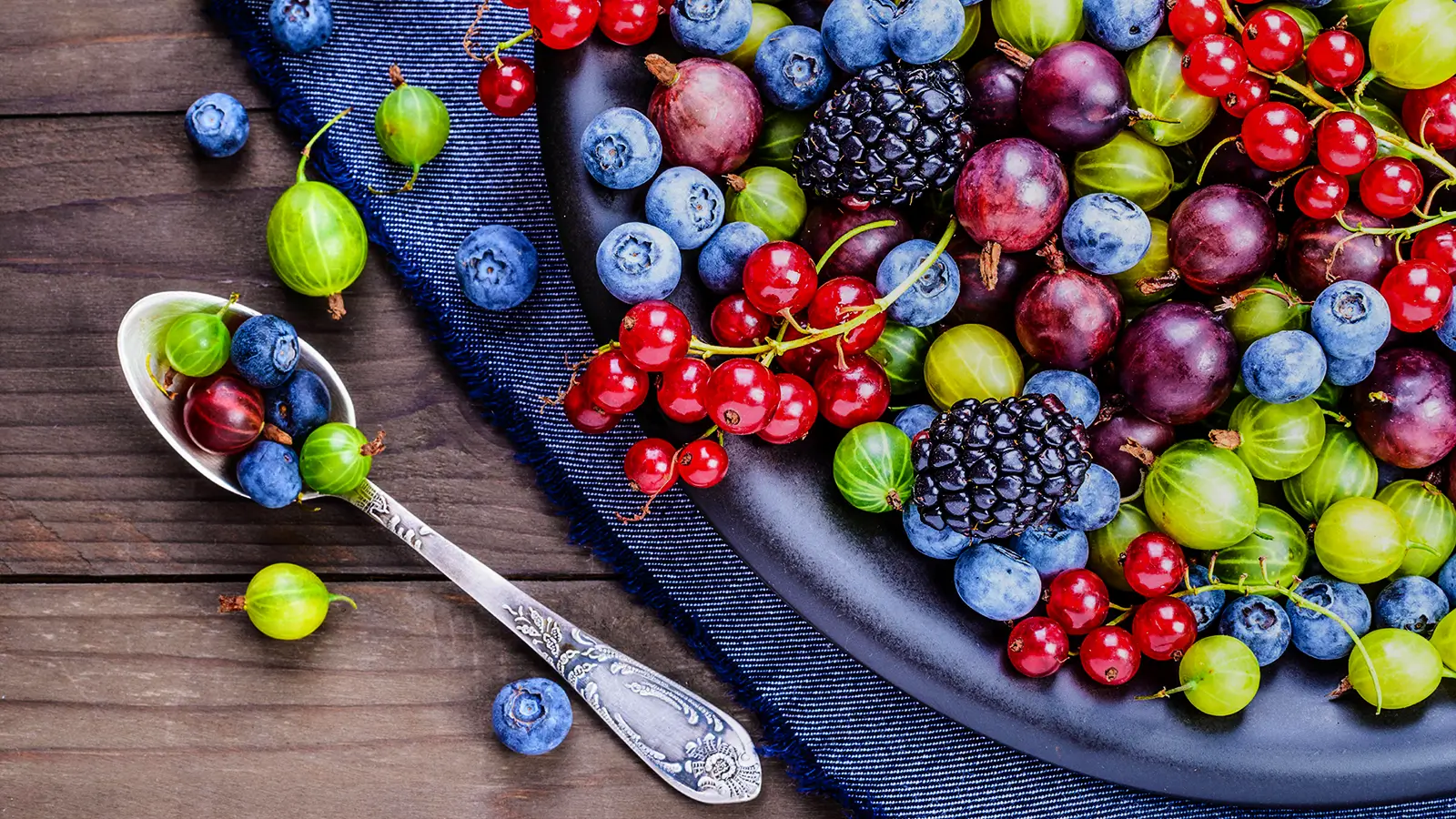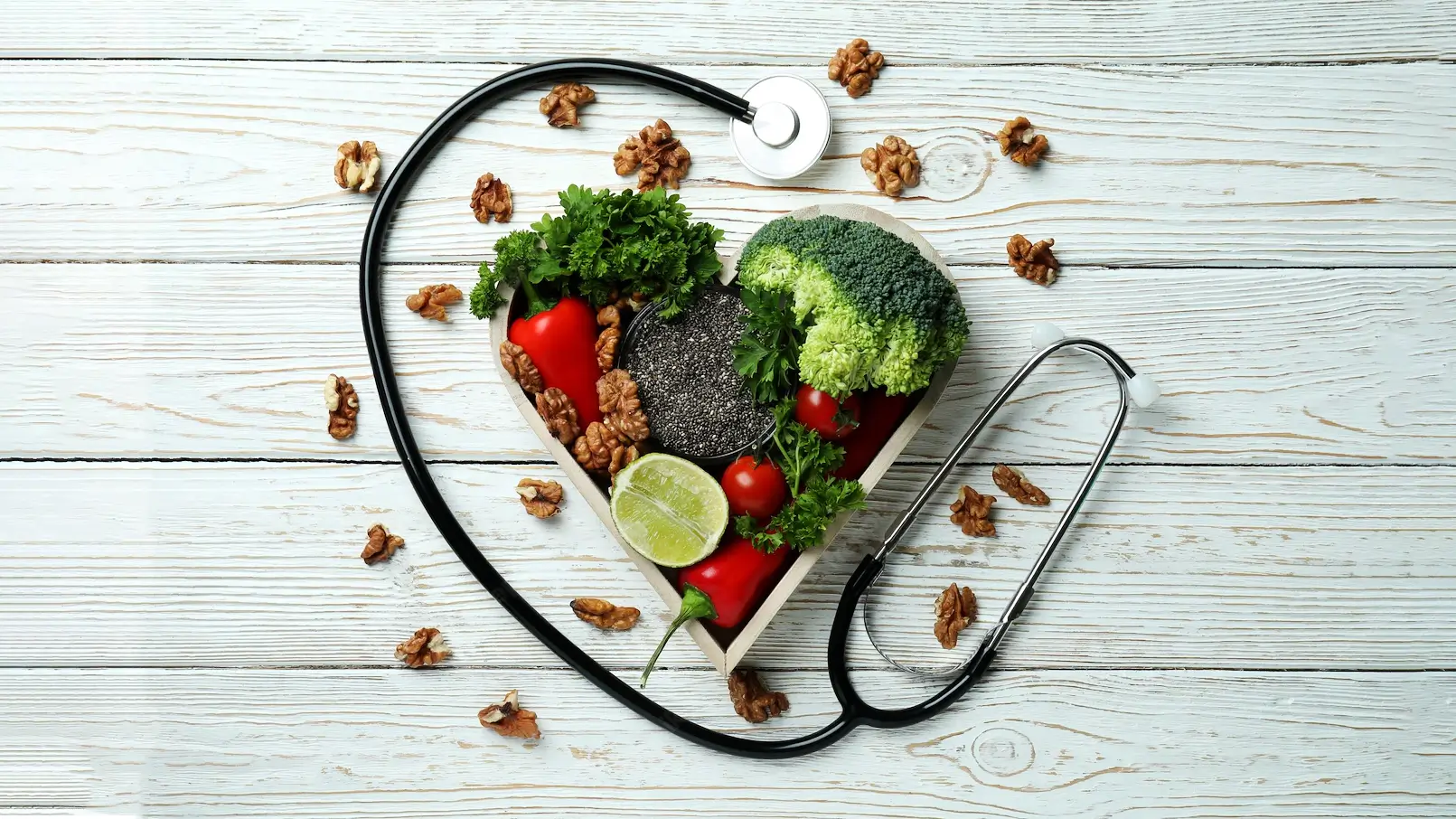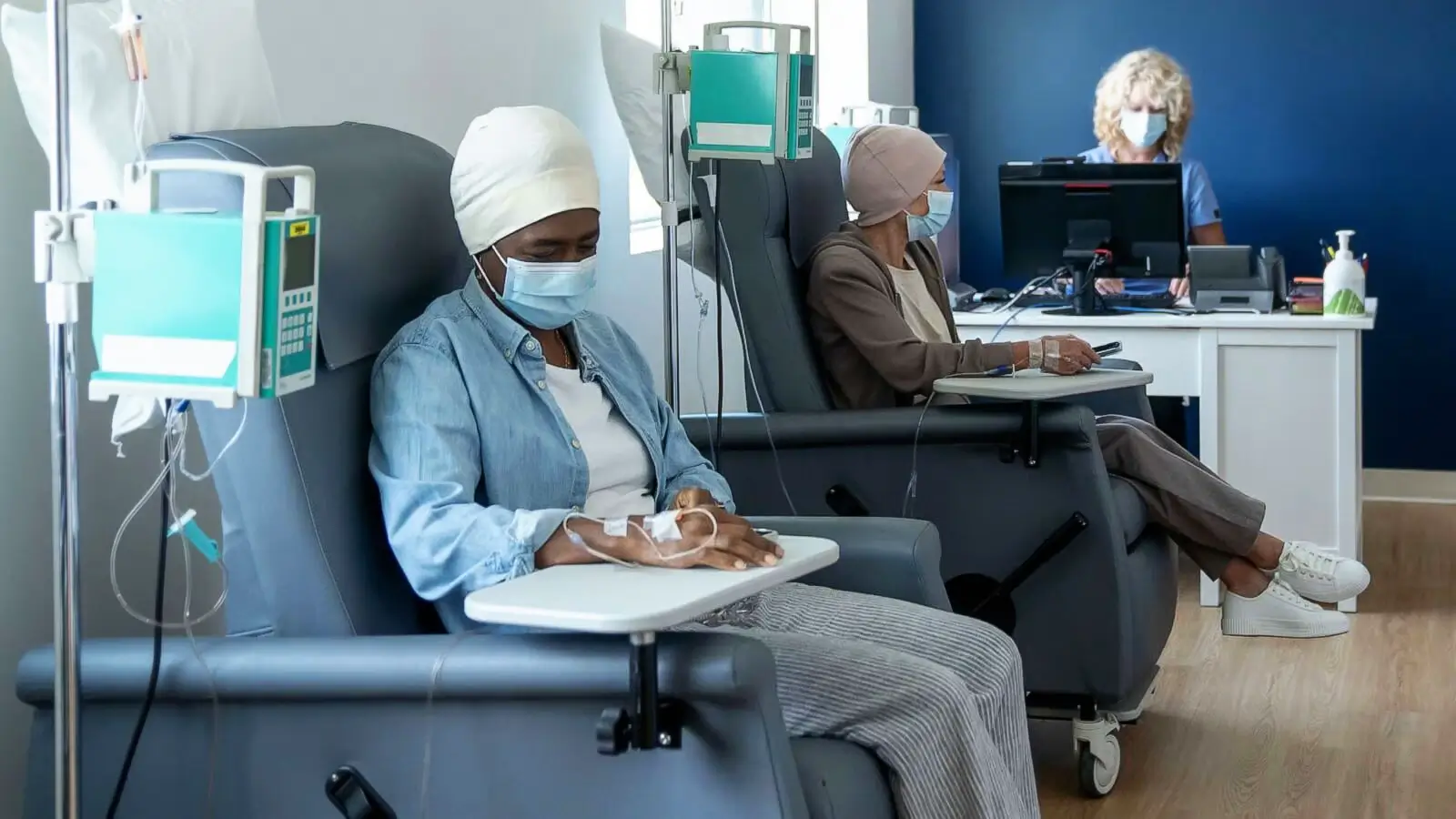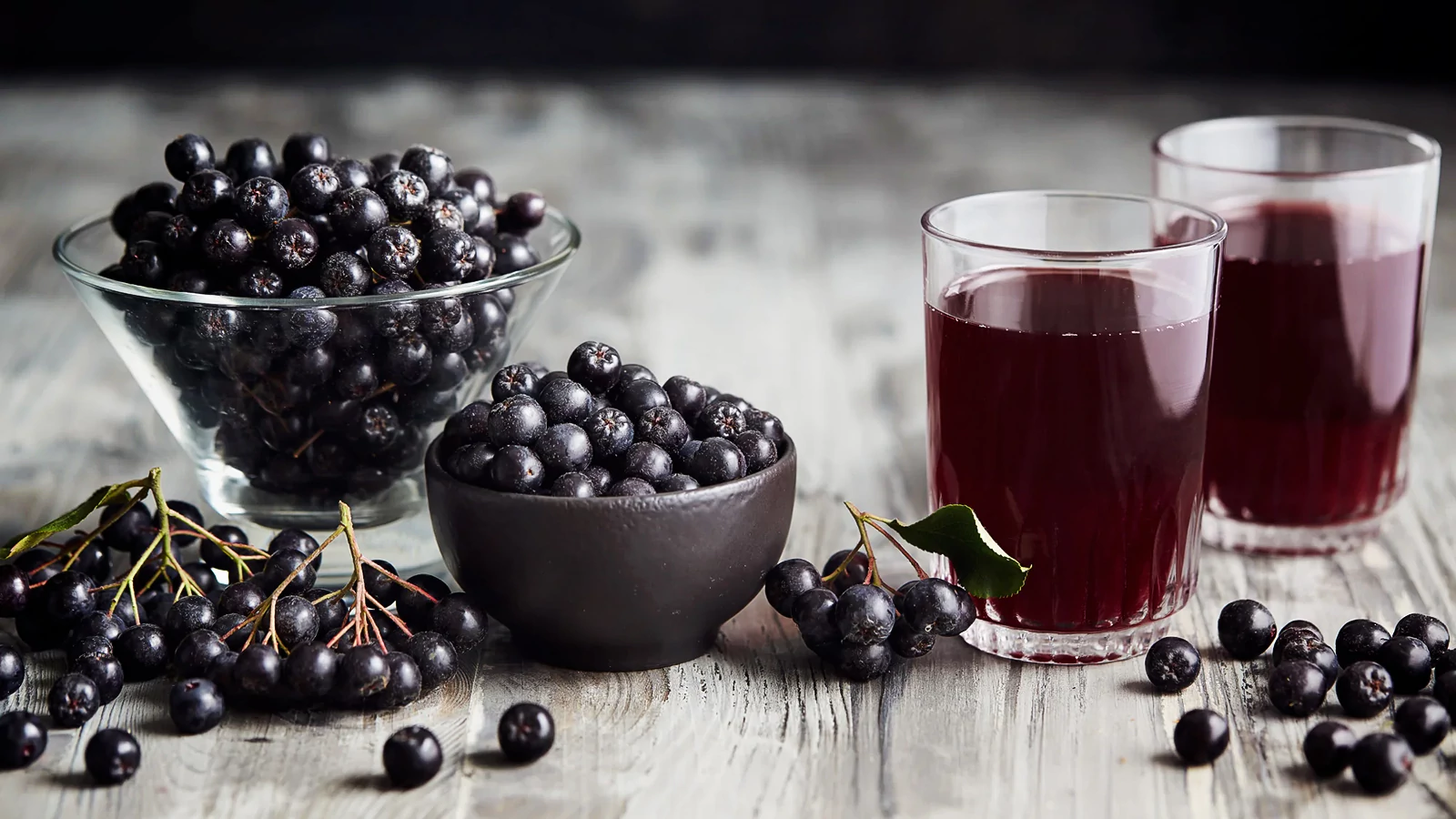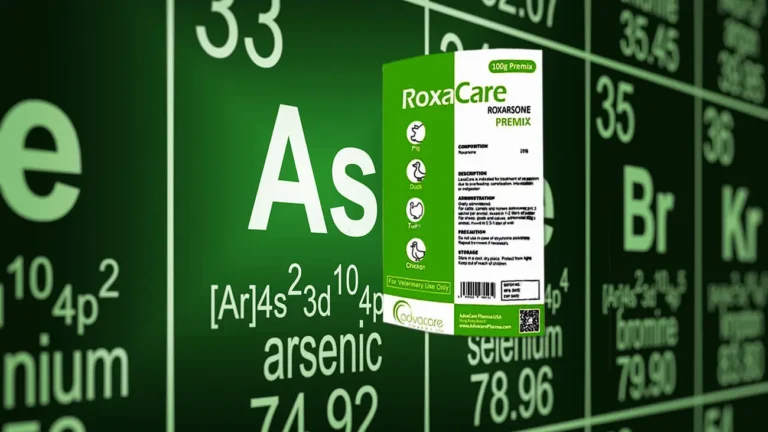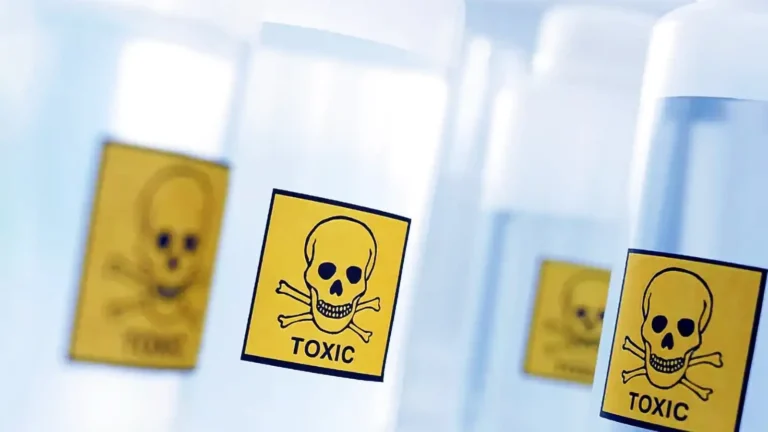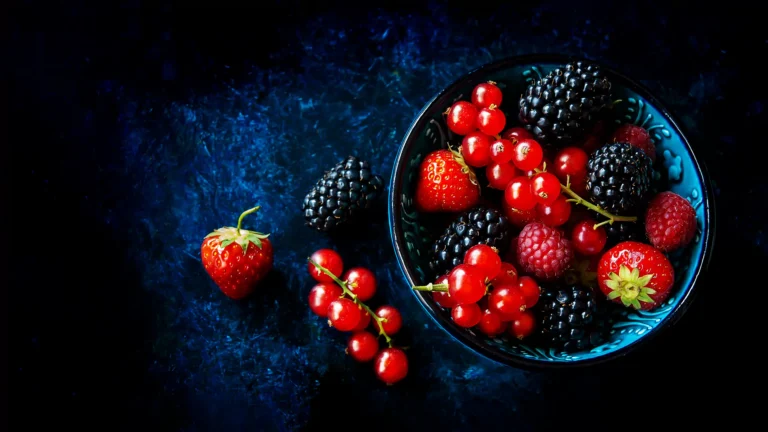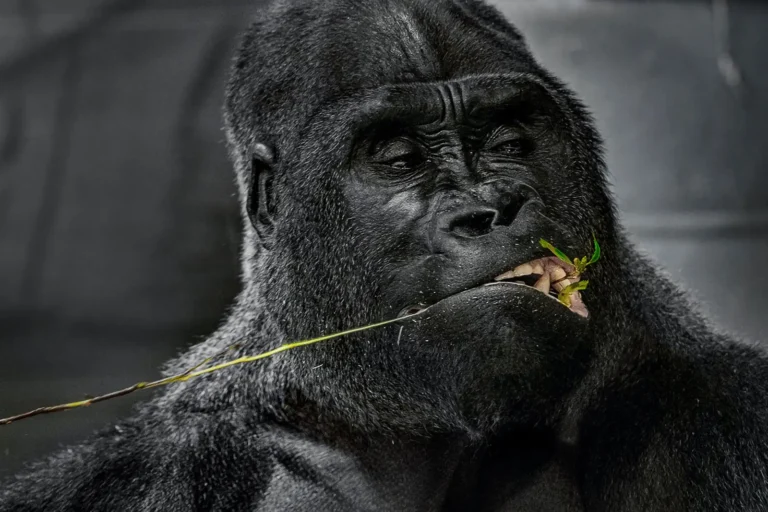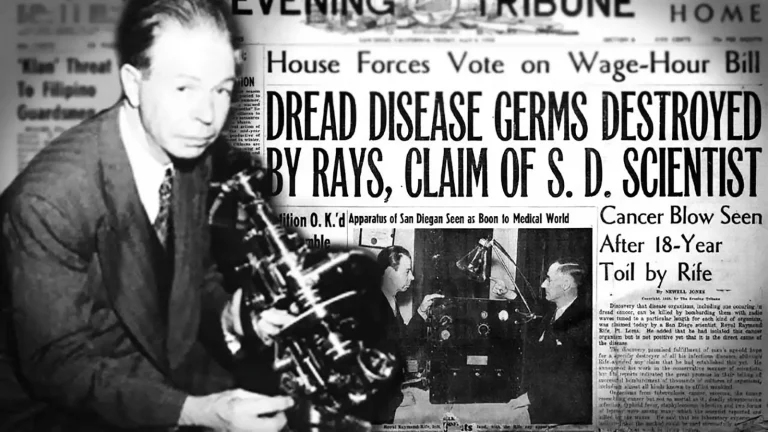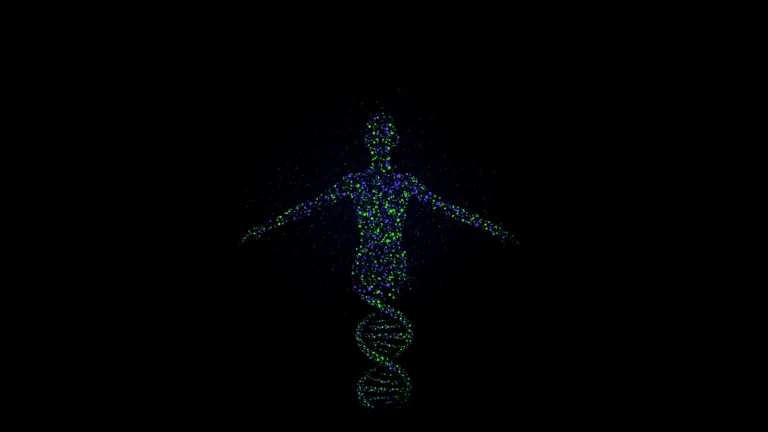Vitamina C Intravenosa en el Tratamiento de la Gripe: Pruebas Vivas de la Práctica Clínica
Cuando desea que le administren vitamina C por vía intravenosa en el hospital, no se lo dice a su médico. En lugar de ello, le pide a su abogado que se lo informe a su médico por escrito.
Milos Pokimica
Escrito por: Milos Pokimica
Revisado Médicamente Por: Dr. Xiùying Wáng, M.D.
Updated diciembre 21, 2025En épocas pasadas y persiste hasta el día de hoy, existe una fuerte resistencia por parte de las instituciones médicas regulares contra cualquier forma de antioxidantes suplementarios. En el pasado, era tan feroz que el establecimiento médico hizo todo lo posible para disuadir a la gente de tomar antioxidantes. Hoy en día, debido a Internet, harán todo lo que puedan, excepto el abuso físico. La mayoría de las veces se quedarán callados y te dejarán morir aunque haya una manera de ayudarte. Y si eres educado e insistes entonces van a abusar de ti físicamente negándote el tratamiento. Tienes que recordar esto. Medicina alopática es sólo un modelo de negocio y nada más. La resistencia al tratamiento antioxidante en la práctica médica es solo un ejemplo.
La principal "razón" o historia era que los antioxidantes no son importantes para nada, salvo para prevenir el escorbuto o la carencia directa de vitamina E. Todo lo demás era charlatanería.
Durante décadas fue una batalla científica porque medicina alopática es un negocio y, como tal, se vería perjudicado por soluciones baratísimas. Por ejemplo, la curcumina de cúrcuma puede matar las células cancerosas mejor que la mayoría de los principales fármacos de quimioterapia del mercado, sin efectos secundarios. Esto se opone directamente a cientos de miles de millones de dólares de cáncer que incluye no sólo el tratamiento del cáncer, sino también los salarios de los médicos, los equipos médicos, las terapias complementarias, las intervenciones quirúrgicas, los fármacos, etc. Si hay algún tratamiento como la megadosis de vitamina C que es baratísima o algún otro tipo de antioxidantes, entonces ¿quién va a ganar dinero con los medicamentos patentados, la quimioterapia, las cirugías y todo lo demás? Peor aún la población y el engendramiento social no van a ir en línea con el resultado deseado. Deberías morir a los 60, no a los 130 después de haber gastado todos los ahorros de tu vida en el buen servicio de la medicina moderna. Ya analicé algunas de las historias detrás del cártel empresarial químico-bancario-médico en artículos correlativos.
Incluso hoy en día con miles de estudios no hay recomendación de consumo diario de antioxidantes. Antioxidantes y otros fitoquímicos nunca y quiero enfatizar esto, nunca se habla ni se discute e incluso si quieres usar por ejemplo megadosis de algún antioxidante para tratar alguna enfermedad el médico te amenazará, no querrá darte el tratamiento, e incluso directamente te enfrentará.
Hubo un buen ejemplo de esto cuando un hombre llamado Allan Smith básicamente volvió de entre los muertos.
El documental de 60 Minutos "Living Proof", emitido en la televisión neozelandesa en agosto de 2010, contó la historia de este suceso. Se convirtió en un gran escándalo legal y acabó en un telediario y en programas de televisión y debates en el Parlamento neozelandés. Se infectó con la gripe porcina y su sistema inmunitario se colapsó. Estaba en coma y con respiración asistida, incapaz de respirar por sí mismo. Los médicos exigieron a su familia que le retiraran la respiración asistida, que no podían hacer nada más y que básicamente ya estaba muerto. La familia se negó. Como la familia conoce el trabajo de Luis Pauling y su instituto, rechazaron y exigieron al personal médico que se le inyectara directamente una megadosis de vitamina C.
En los animales, por ejemplo, cuando contraen la infección aumenta drásticamente la producción de vitamina C. Para las personas es difícil comprender cómo pueden los antioxidantes tener un efecto sobre los virus, pero la respuesta es muy sencilla. Si se desciende lo suficiente hasta la escala molecular, todos los virus o toxinas o cualquier otra sustancia, como el oxígeno, son iguales. Todos ellos son simplemente carroñeros de electrones. El oxígeno, los virus y las toxinas a nivel molecular ejercen su acción robando electrones de otras moléculas. Eso es todo. Puede ser veneno de serpiente o gripe aviar, no importa. A nivel molecular, sólo intentan robar electrones de otras moléculas y la vitamina C es un antioxidante soluble en agua que tiene un electrón extra.
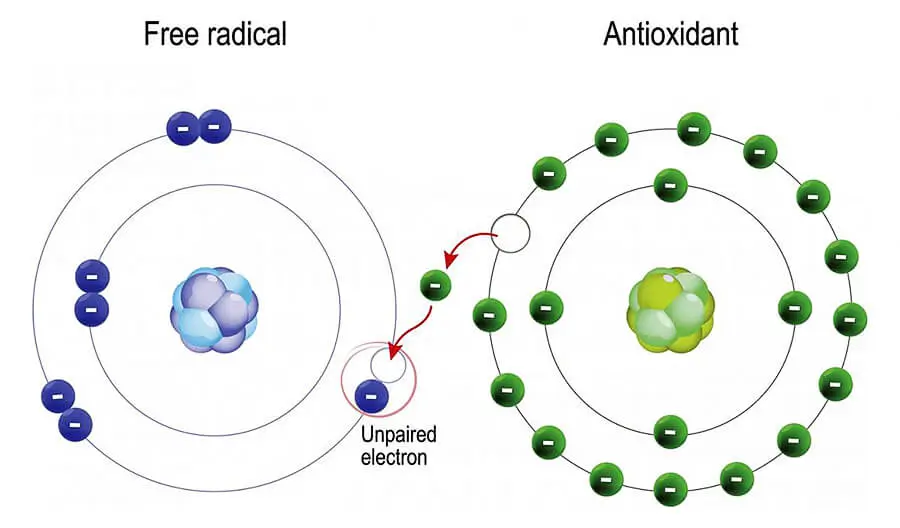
La familia de Allan Smith, sabiendo todo esto, exigió que se le administrara una megadosis de vitamina C por vía intravenosa. Estaban tan enfurecidos por esto que le dijeron a la familia que no le darían ninguna vitamina C y que apagarían las máquinas sin su consentimiento. Esto es muy psicológico y existencial para los médicos porque si hay una cura para virus tan fuertes como la gripe porcina y esa cura no se puede patentar entonces toda su profesión está obsoleta y no sólo eso, toda su profesión es culpable de asesinar a millones de personas al retener terapias por las que no pueden cobrar.
Cada vez que quieras hacer esto, espera violencia en todas las formas imaginables. Los médicos no son amables, no están ahí para curarte, y no les importa realmente si mueres, siempre y cuando puedan tener salarios de seis cifras.
¿Dónde están las pruebas?
A diferencia de lo que a menudo denominamos vitamina C alimentaria, que desempeña una amplia gama de funciones, desde la biosíntesis del colágeno hasta la absorción del hierro, el ácido ascórbico utilizado terapéuticamente en dosis farmacológicas mediante infusión intravenosa se utiliza en medicina desde finales de los años 60.
Las revolucionarias investigaciones del Dr. Frederick Klennner de 1949 demostraron que el ascorbato intravenoso puede casi erradicar enfermedades víricas como la hepatitis, la poliomielitis y la gripe al inhibir la reproducción del virus (KLENNER y otros, 1949).
Y sí, lo saben y tienen inyecciones de vitamina C en todos los hospitales. Vitamina C en megadosis y antinatural se utiliza clínicamente como antioxidante o como donante elector para neutralizar todas las toxinas y formas de inflamación. Aunque es muy débil en comparación con otros antioxidantes que existen, pero cuando se administra como infusión al torrente sanguíneo se convierte en toda una bestia. El genio científico Linus Pauling era muy consciente del potencial del ácido ascórbico como estrategia profiláctica en enfermedades víricas como la gripe. Linus Pauling es ampliamente conocido por abogar por el uso de grandes dosis de vitamina C. Hizo hincapié en que el virus se eliminaría normalmente tomando 1 g (1000 mg) del medicamento por hora en el momento de la infección. Esto supone 24 gramos en un día. Esta fue la estimación que obtuvo recalculando la carga de vitamina C de primates y otras especies durante la enfermedad. La mayoría de las otras especies y todas las especies no herbívoras producen su propia vitamina C y la vitamina C no es una vitamina para ellos. Un gramo por hora era una estimación de la producción de vitamina C de las cabras. Él recalculó cuánto producen por libra de masa corporal cuando están estresadas por la enfermedad y ajustó el valor a los humanos y después recalculó los valores a través de la práctica clínica.
Si nos fijamos sólo en los virus de la gripe, una investigación in vitro bastante reciente (2008) demostró que tanto el ácido ascórbico como el ácido dehidroascórbico (ácido ascórbico en su forma reducida) tienen efectos antivirales directos en algunas situaciones. El mecanismo exacto de acción no se ha reconocido plenamente hasta hace poco (Furuya et al., 2008).
En la práctica clínica se ha demostrado que la vitamina C es un potente antivírico, pero no sólo eso, también es antifúngico, antibacteriano, antimelanoma, antirreumatoide y antileucémico. Los datos que demuestran que los niveles plasmáticos prolongados de ácido ascórbico en humanos son perjudiciales para las células tumorales fueron publicados por primera vez por Riordan en 1995 (Riordan et al., 1995).
Además, el ácido ascórbico favorece la producción de hormonas del estrés, y su propiedad más conocida son sus propiedades antioxidantes.
Efectos de la megadosis de vitamina C y hay que recordar que esto nunca podría ser alcanzado por el consumo dietético en la evolución humana normal. Sólo pueden conseguirse mediante administración intravenosa. Como antioxidante, la vitamina C también reduce los mediadores inflamatorios y aumenta la actividad y el número de células auxiliares y asesinas, ayudando así al funcionamiento del sistema inmunitario. Pero, de nuevo, el consumo de 500 mg no es lo mismo que una inyección intravenosa.
La inyección intravenosa es la única forma científicamente probada que tiene importancia clínica en la práctica médica. Si usted intenta hacer esto dietéticamente su cuerpo responderá eliminando todo el exceso de vitamina C hacia fuera y usted terminará con diarrea incontrolable. En una situación de gripe grave, cáncer o cualquier otra enfermedad potencialmente mortal, hay que considerar la administración de megadosis o inyecciones intravenosas de vitamina C. En situaciones normales, sin enfermedades que amenacen la vida, traumatismos o estrés, mantener niveles normales de consumo de vitamina C de no más de uno o dos gramos al día es más que suficiente y las megadosis no tendrán ningún beneficio, excepto en situaciones de estreñimiento. En situaciones donde usted tiene estreñimiento, usted será capaz de limpiar naturalmente su colon por mega-dosificación de vitamina C. En circunstancias dietéticas normales, la vitamina C es útil como antioxidante porque nuestro cuerpo ha evolucionado para utilizarlo. Es el antioxidante más seguro y disponible que conoce la biología. Es soluble en agua y puede utilizarse para reciclar la vitamina E hasta cierto punto. Es necesaria para neutralizar los radicales libres y tener el nivel máximo tolerable de consumo dietético es en este caso el nivel óptimo. Estos radicales libres incluyen el óxido nítrico, el hidroxilo, el superóxido, el peroxinitrito y los lipoperóxidos. La cantidad que se puede tolerar depende de cada individuo, pero de uno a dos gramos al día es todo lo que se necesita. Por ejemplo, las personas con cáncer pueden tomar de 20 a 30 gramos sin sufrir diarrea. Si usted puede tolerar un suplemento excesivo de vitamina C esto podría significar que usted tiene algún tipo de inflamación o condición o enfermedad como el cáncer.
La mayoría de estos problemas se producen en las unidades de cuidados intensivos y están causados por intervenciones quirúrgicas, infecciones graves, traumatismos, medicación intravenosa, oxigenoterapia y estrés. La capacidad del sistema biológico para captar y neutralizar estos radicales y electrones defectuosos se ha agotado prácticamente en los casos en que el sistema inmunitario de las personas ya está demasiado debilitado. Por ejemplo, la gripe porcina grave parecida a la neumonía o el COVID. Además, la vitamina C tiene una actividad antiviral directa demostrada por la investigación científica. Y esta es la razón por la que las inyecciones intravenosas de vitamina C o las megadosis de vitamina C mediante fórmulas liposomales se utilizan en estas situaciones como acción neutralizadora de ciertas toxinas, exotoxinas, infecciones víricas, endotoxinas e histamina. Y todo esto está demostrado por la investigación científica hace décadas.
Además, recuerde que la vitamina C no tiene nada de especial. En una escala de potencia, es uno de los antioxidantes más débiles que existen. Por ejemplo, la astaxantina no sólo es más estable, sino que en estudios clínicos se descubrió que es un antioxidante unas 6.000 veces más potente que la vitamina C. Pero cuando se administra por vía intravenosa, se compensa su debilidad con pura cantidad. Y como la vitamina C es soluble en agua y no necesita ninguna desintoxicación enzimática y tampoco tiene toxicidad por sí misma en ninguna dosis, el exceso será eliminado por los riñones.
Pero alto, aquí hay un problema.
La vitamina C es barata, no es tóxica y no se puede patentar.
Tras cincuenta años de estudios e investigaciones, el debate sigue abierto, y lo está a propósito. La confusión es deliberada. Los pacientes están muriendo como resultado del fracaso de nuestro sistema médico en el uso de la vitamina C intravenosa y no les importa. El uso del ácido ascórbico intravenoso sigue siendo "controvertido y emocional".
En el caso clínico de Allan Smith, el pulmón de Allan estaba tan lleno de líquido infectado que no era capaz de tomar aire en absoluto y a los ojos de los médicos ya estaba muerto. Hicieron lo que aprendieron en la facultad de medicina y bajo ninguna circunstancia harían nada fuera de la práctica aceptada debido a la concesión de licencias en la industria médica. Además, siempre tienen que cubrirse en estas situaciones de la responsabilidad si algo sale mal. En sus mentes, no tenía ninguna posibilidad de recuperación, pero no podían hacer nada excepto esperar a que muriera. No "creían" en la charlatanería de Luis Pauling que fue "probada" por la FDA que los antioxidantes y la vitamina C sólo están ahí para prevenir el escorbuto y la historia estaba hecha. No hay discusión y no tienes derecho a decirles cuál es la verdad porque quién eres tú, un idiota que cree en la pseudociencia.
Tras tres semanas en coma, le diagnosticaron leucemia y los especialistas comunicaron a la familia que le desconectarían el soporte vital. Todo esto quedó documentado, el programa de televisión 60 minutos consiguió hacerse con el acta de la reunión del Hospital de Auckland en la que se decidió desconectar el soporte vital. Hasta la fecha, el Hospital de Auckland ha guardado silencio sobre el incidente y nunca ha hecho ninguna declaración pública, con la esperanza de que esta historia acabe olvidándose.
Cuando comunicaron a su familia que iban a acabar con su vida, ésta exigió una megadosis de vitamina C intravenosa.
Entonces la familia se enfadó diciendo a los médicos que no tenían que creer nada que no podían perder si esto no funcionaba y que si se negaban a hacerlo llamarían a un abogado. Entonces la junta de Auckland decidió esperar dos días más y le pusieron una inyección el jueves por la noche de 25 gramos de vitamina C y luego otra inyección de 25 gramos el miércoles por la mañana. El miércoles por la noche le hicieron un escáner del pecho y encontraron bolsas de aire. En una radiografía con sólo dos días de diferencia, el pulmón mejoró espectacularmente más allá de lo que era naturalmente posible. El argumento del personal médico fue que mejoró porque un día antes lo habían puesto boca abajo.
En realidad, estaban sumidos en el miedo y no sabían qué hacer ahora.
Querían acabar con su vida, pero ahora que muestra una mejoría espectacular no han podido. Al mismo tiempo, esto demostrará que estaban equivocados desde el principio. Pero de nuevo, no podían estar equivocados porque entonces toda la industria médica está equivocada o peor, es una estafa diseñada para matar a la gente. Así que se inventaron la excusa de que la vitamina C no tenía nada que ver con esto. Entonces la familia les preguntó si ponerle boca abajo tenía algún efecto en una mejoría tan espectacular y por qué no lo intentaron antes de decidir apagar la máquina. No hubo respuesta.
Tras sólo 5 días de vitamina C intravenosa, Allen mejoró hasta el punto de poder respirar por sí mismo y se le pudo retirar el soporte vital, y el viernes se le retiró.
Pero su estado volvió a deteriorarse y estuvo a punto de volver a la respiración asistida, con los pulmones llenos de líquido. La familia se enteró de que la junta médica había puesto a otro consultor y que éste le había retirado la vitamina C. El nuevo consultor estaba tan en contra que no estaba dispuesto a administrar más vitamina C y no le importaba ninguna posible demanda contra él. Simplemente se sentaba en su silla y decía no, no voy a hacer esto, no, no lo vuelvo a poner, no, hagan lo que quieran, no, no lo vuelvo a poner. Entonces uno de los hijos de Allen se "enfadó" y se paró la reunión.
Entonces la junta le volvió a poner en tratamiento, pero sólo con 1 gramo al día. La dosis era muy baja, pero por desgracia para la junta médica, empezó a recuperarse de nuevo, sólo que a un ritmo más lento. Después lo trasladaron a otro hospital y los médicos volvieron a retirarle la dosis baja de vitamina C. La familia llamó a un abogado y presentó una demanda contra el hospital y decidió acudir al Tribunal Supremo de Nueva Zelanda. Los médicos volvieron a administrarle una dosis baja de 2 gramos al día, pero la familia quería 50 gramos al día.
Con el tiempo, una familia descubrió que se puede hacer una megadosis oral de vitamina C sin necesidad de inyectarse. Cuando se toma vitamina C en forma de polvo, el cuerpo no puede absorber toda la vitamina C a la vez, pero hay una forma de vitamina C que se captura en una molécula lipídica para engañar al cuerpo. Se llama vitamina C liposomal y cuando el cuerpo absorbe ese lípido y empieza a descomponerlo, la vitamina C se libera desde el interior. La familia empezó a suministrarle suplementos cuando salió del coma y el hospital no pudo impedirlo legalmente. Le despertaron y él, por voluntad propia, puede tomar cualquier suplemento que quiera con o sin el consentimiento del médico. Le dijeron que tardaría tres meses en poder andar y, después de despertarse y empezar a tomar vitamina C liposomal por su cuenta, salió de allí en 14 días. Además, su leucemia también se curó.
Esta historia se convirtió en un asunto político en Nueva Zelanda y salió en las noticias. La lección es que, si quieres que te administren vitamina C intravenosa a ti o a un familiar en el hospital, no se lo digas a tu médico. En lugar de eso, le dices a tu abogado que se lo diga a tu médico por escrito.
La vitamina C liposomal es un buen antioxidante suplementario porque el organismo puede utilizar los electrones adicionales de la misma para neutralizar las toxinas y luego puede orinar la forma oxidada reducida de la vitamina C (ácido dehidroascórbico). Para nuestro organismo, es fácil eliminar la forma oxidada de la vitamina C y otros tipos de antioxidantes hidrosolubles a través de los riñones. Esto nos mantiene efectivamente en un exceso de electrones libres. Por ejemplo, en este estudio (Kubin et al., 2003) concluyeron que la cirugía aumenta la oxidación de AA (ácido ascórbico) y la excreción urinaria de DHAA (ácido dehidroascórbico), como resultado de la mayor formación de radicales libres. Cualquier estrés en el cuerpo, no sólo la cirugía, tomará algunos de los electrones libres de la excesiva mega-dosis de vitamina C para neutralizar la inflamación, por lo que en cualquier momento cuando hay una necesidad de una ingesta excesiva de antioxidantes está científicamente demostrado hoy en día, no importa lo que algunos médicos están predicando, que la mega-dosis de vitamina C es beneficiosa. Pero cuando se trata de antioxidantes solubles en aceite como la vitamina E y el beta caroteno, entonces las cantidades excesivas de ellos tienen que ser eliminadas a través de vías enzimáticas y es mucho más complicado que simplemente orinarlo. Esta puede ser una razón por la que se pueden tomar megadosis de vitamina C básicamente sin correlación con ninguna enfermedad o mortalidad, a diferencia de la vitamina E, por ejemplo, donde hay un punto de rendimiento decreciente. Pero de nuevo, la mayoría de los estudios que existen utilizan una forma sintética de vitamina E, no una forma natural y creo que esto se hace a propósito. Regular a la medicina no le gustan las soluciones baratas y eficaces que no se pueden patentar. Cuando mencione los antioxidantes o, en este caso, la vitamina C al médico, prepárese para una explosión de odio. Estás poniendo en peligro sus salarios de seis cifras y no les gusta nada.
El profesor John Fraser, director de la Facultad de Ciencias Médicas de la Universidad de Auckland, declaró al Science Media Centre (Nueva Zelanda):
"Es decepcionante que el periodista no intentara buscar el consejo de expertos sobre las razones por las que los consultores no estaban dispuestos a administrar altas dosis de vitamina C. Ciertamente, no hay evidencia en la literatura médica de que este tratamiento funcione particularmente en casos graves de neumonía.
Los asesores tenían razón al resistirse al uso de un tratamiento no probado y, en su favor, accedieron a satisfacer los deseos de la familia porque consideraron que no causaría ningún daño. En este notable caso, el paciente sobrevivió, pero no hay pruebas de que se debiera a la vitamina C. Se trata de una maravillosa historia de supervivencia personal y es triste que se haya utilizado para desacreditar a los profesionales que sólo intentaban dar lo mejor de sí mismos a un paciente muy enfermo. Si la vitamina C le hubiera matado, la historia habría sido diferente. Ese es el riesgo de utilizar un tratamiento no probado".
Referencias:
Pasajes seleccionados de un libro: Pasajes seleccionados de un libro: Pokimica, Milos. Go Vegan? Examen de Ciencias de la Parte 3. Edición Kindle., Amazon, 2020.
- KLENNER F. R. (1949). El tratamiento de la poliomielitis y otras enfermedades víricas con vitamina C. Medicina y cirugía del Sur, 111(7), 209-214.[PubMed]
- Furuya, A., Uozaki, M., Yamasaki, H., Arakawa, T., Arita, M., & Koyama, A. H. (2008). Antiviral effects of ascorbic and dehydroascorbic acids in vitro. Revista internacional de medicina molecular, 22(4), 541-545. [PubMed]
- Riordan, N. H., Riordan, H. D., Meng, X., Li, Y., & Jackson, J. A. (1995). Intravenous ascorbate as a tumor cytotoxic chemotherapeutic agent. Hipótesis médicas, 44(3), 207-213. https://doi.org/10.1016/0306-9877(95)90137-x
- Ely J. T. (2007). Ascorbic acid role in containment of the world avian flu pandemic. Biología y medicina experimentales (Maywood, N.J.), 232(7), 847-851. [PubMed]
- Brody, S., Preut, R., Schommer, K., & Schürmeyer, T. H. (2002). A randomized controlled trial of high dose ascorbic acid for reduction of blood pressure, cortisol, and subjective responses to psychological stress. Psicofarmacología, 159(3), 319-324. https://doi.org/10.1007/s00213-001-0929-6
- Riordan, H. D., Hunninghake, R. B., Riordan, N. H., Jackson, J. J., Meng, X., Taylor, P., Casciari, J. J., González, M. J., Miranda-Massari, J. R., Mora, E. M., Rosario, N., & Rivera, A. (2003). Ácido ascórbico intravenoso: protocolo de aplicación y uso. Revista de ciencias de la salud de Puerto Rico, 22(3), 287-290.[PubMed]
- Kubin, A., Kaudela, K., Jindra, R., Alth, G., Grünberger, W., Wierrani, F., & Ebermann, R. (2003). Dehydroascorbic acid in urine as a possible indicator of surgical stress. Anales de nutrición y metabolismo, 47(1), 1-5. https://doi.org/10.1159/000068905
- Riordan, H. D., Riordan, N. H., Jackson, J. A., Casciari, J. J., Hunninghake, R., González, M. J., Mora, E. M., Miranda-Massari, J. R., Rosario, N., & Rivera, A. (2004). Vitamina C intravenosa como agente quimioterápico: informe de casos clínicos. Revista de ciencias de la salud de Puerto Rico, 23(2), 115-118. [PubMed]
- Chen, Q., Espey, M. G., Krishna, M. C., Mitchell, J. B., Corpe, C. P., Buettner, G. R., Shacter, E., & Levine, M. (2005). Pharmacologic ascorbic acid concentrations selectively kill cancer cells: action as a pro-drug to deliver hydrogen peroxide to tissues. Actas de la Academia Nacional de Ciencias de los Estados Unidos de América, 102(38), 13604-13609. https://doi.org/10.1073/pnas.0506390102
- Klenner, F.R. (2014). Observaciones sobre la dosis y la administración de ácido ascórbico cuando se emplea más allá del rango de una vitamina en la patología humana. Revista de Medicina Ortomolecular, 13, 198-210. [PDF]
- Wilson, J. X. (2009). Mecanismo de acción de la vitamina C en la sepsis: Ascorbate modulates redox signaling in endothelium. BioFactors (Oxford, Inglaterra), 35(1), 5. https://doi.org/10.1002/biof.7
- Nathens, A. B., Neff, M. J., Jurkovich, G. J., Klotz, P., Farver, K., Ruzinski, J. T., Radella, F., Garcia, I., & Maier, R. V. (2002). Randomized, Prospective Trial of Antioxidant Supplementation in Critically Ill Surgical Patients. Anales de Cirugía, 236(6), 814-822. https://doi.org/10.1097/00000658-200212000-00014
- Giladi, A. M., Dossett, L. A., Fleming, S. B., Abumrad, N. N., & Cotton, B. A. (2011). La administración de altas dosis de antioxidantes se asocia con una reducción de las complicaciones posteriores a la lesión en pacientes traumatizados en estado crítico. Lesiones, 42(1), 78-82. https://doi.org/10.1016/j.injury.2010.01.104
- Long, C. R., Maull, K. I., Krishnan, R., Laws, H. L., Geiger, J. W., Borghesi, L., Franks, W. R., Lawson, T. y Sauberlich, H. E. (2003b). Ascorbic acid dynamics in the seriously ill and injured. Revista de Investigación Quirúrgica, 109(2), 144-148. https://doi.org/10.1016/s0022-4804(02)00083-5
- Marik, P. E., Khangoora, V., Rivera, R., Hooper, M. H., & Catravas, J. (2017). Hidrocortisona, vitamina C y tiamina para el tratamiento de la sepsis grave y el shock séptico: un estudio retrospectivo antes-después. Pecho, 151(6), 1229-1238. https://doi.org/10.1016/j.chest.2016.11.036
Contenidos Relacionados
¿Tienes alguna duda acerca de la nutrición y la salud?
Me encantaría saber de usted y responderlas en mi próxima publicación. Agradezco sus aportes y opiniones y espero tener noticias suyas pronto. También te invito a síguenos en Facebook, Instagram y Pinterest para más contenidos sobre dieta, nutrición y salud. Puedes dejar un comentario allí y conectar con otros entusiastas de la salud, compartir tus consejos y experiencias, y recibir apoyo y ánimo de nuestro equipo y nuestra comunidad.
Espero que este post le haya resultado informativo y ameno y que esté preparado para aplicar los conocimientos adquiridos. Si le ha resultado útil, por favor compártelo con tus amigos y familiares que también podrían beneficiarse de ella. Nunca se sabe quién puede necesitar orientación y apoyo en su camino hacia la salud.
– También Te Puede Interesar –

Aprenda Sobre Nutricion
Milos Pokimica es doctor en medicina natural, nutricionista clínico, escritor sobre salud médica y nutrición y asesor en ciencias de la nutrición. Autor de la serie de libros Go Vegan? Revisión de la Ciencia, también dirige el sitio web sobre salud natural GoVeganWay.com.
Descargo De Responsabilidad Médica
GoVeganWay.com le ofrece reseñas de las últimas investigaciones relacionadas con la nutrición y la salud. La información proporcionada representa la opinión personal del autor y no pretende ni implica sustituir el asesoramiento, diagnóstico o tratamiento médico profesional. La información proporcionada tiene fines informativos únicamente y no pretende sustituir la consulta, el diagnóstico y/o el tratamiento médico de un médico o proveedor de atención médica calificado.NUNCA ignore el CONSEJO MÉDICO PROFESIONAL O RETRASAR la BÚSQUEDA de TRATAMIENTO MÉDICO a CAUSA DE ALGO QUE HAYA LEÍDO EN O accesibles a TRAVÉS de GoVeganWay.com
NUNCA APLICAR CUALQUIER cambio de ESTILO de vida O CAMBIOS EN su totalidad COMO UNA CONSECUENCIA DE ALGO QUE HA LEÍDO EN GoVeganWay.com ANTES de CONSULTAR con LICENCIA PROFESIONAL MÉDICO.
En el caso de una emergencia médica, llame a un médico o al 911 inmediatamente. GoVeganWay.com no se recomienda ni aprueba ninguna de los grupos, las organizaciones, las pruebas, los médicos, productos, procedimientos, opiniones u otra información que pueda ser mencionado en el interior.
Selecciones del editor –
Milos Pokimica es escritor especializado en salud y nutrición y asesor en ciencias nutricionales. Autor de la serie de libros Go Vegan? Revisión de la Ciencia, también dirige el sitio web sobre salud natural GoVeganWay.com.
Últimos artículos -
Top Noticias De Salud — ScienceDaily
- Scientists find a safer way for opioids to relieve painen enero 6, 2026
Researchers at USF Health have discovered a new way opioid receptors can work that may lead to safer pain medications. Their findings show that certain experimental compounds can amplify pain relief without intensifying dangerous side effects like suppressed breathing. This research offers a fresh blueprint for designing opioids that last longer, work better, and pose fewer risks. It also opens doors to safer treatments for other brain disorders.
- Why multiple sclerosis slowly steals balance and movementen enero 6, 2026
Many people with multiple sclerosis struggle with balance and coordination, and this study uncovers a hidden reason why. Researchers found that inflammation in the brain disrupts the energy supply of vital movement-controlling neurons. As their mitochondria fail, these cells weaken and eventually die, worsening motor problems over time. Protecting brain energy systems could open the door to slowing these symptoms.
- A simple drug pair may succeed where liver fibrosis treatments faileden enero 6, 2026
Scientists have found that combining silybin with carvedilol works far better against liver fibrosis than either drug alone. The duo targets the root drivers of liver scarring, sharply reducing collagen buildup and liver damage in experimental models. Importantly, both drugs are already approved and commonly prescribed. That makes this discovery especially promising for rapid clinical translation.
- Scientists discover “migrions,” a viral shortcut that supercharges infectionen enero 6, 2026
Scientists have uncovered a surprising viral shortcut that turns moving cells into delivery vehicles for infection. Instead of spreading one virus at a time, infected cells bundle viral material into large structures called Migrions and pass them directly to new cells. This collective delivery jump-starts viral replication and boosts disease severity. The finding reveals a migration-based route of viral spread that defies classic models of infection.
- Flu drug once blamed for seizures in kids gets a surprising reversalen enero 6, 2026
A long-running debate over Tamiflu’s safety in children may finally be settled. Researchers found that influenza, not the antiviral medication, was linked to serious neuropsychiatric events like seizures and hallucinations. Even more striking, kids treated with Tamiflu had about half the risk of these events compared to untreated children with the flu. The results suggest the drug may be protective rather than harmful.
- Nearly all women in STEM secretly feel like impostorsen enero 6, 2026
Nearly all women in STEM graduate programs report feeling like impostors, despite strong evidence of success. This mindset leads many to dismiss their achievements as luck and fear being “found out.” Research links impostorism to worse mental health, higher burnout, and increased thoughts of dropping out. Supportive environments and shifting beliefs about intelligence may help break the cycle.
- Think you make 200 food choices a day? Think againen enero 5, 2026
The idea that we make over 200 unconscious food choices a day has been repeated for years, but new research shows the number is more illusion than insight. The famous figure comes from a counting method that unintentionally exaggerates how many decisions people really make. Researchers warn that framing eating as mostly “mindless” can undermine confidence and self-control. A more realistic view focuses on meaningful choices—and practical strategies that make healthy decisions easier.

